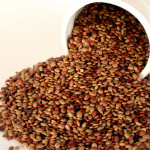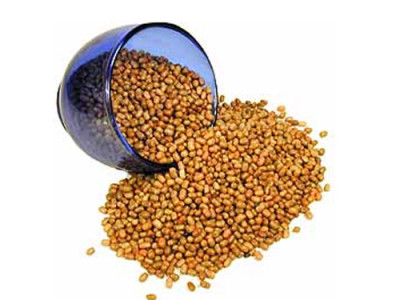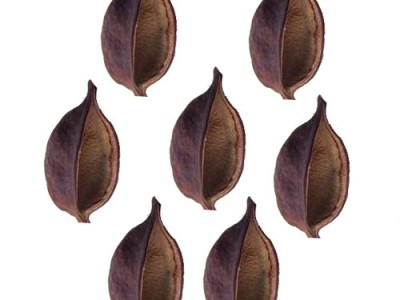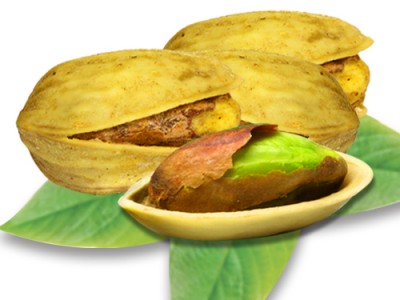
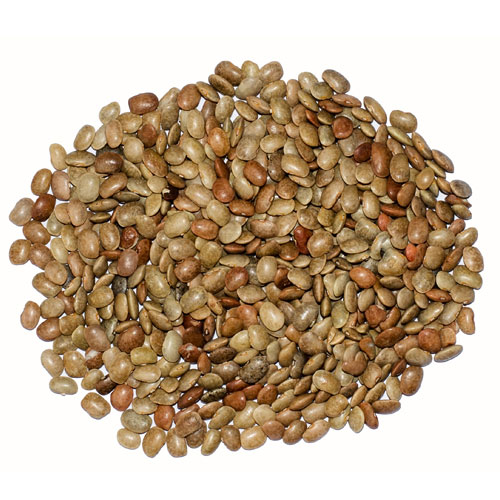
Horsegram Health Benefits And Its Various uses
Horsegram
Plants and trees are blessed creatures which enjoys complete freedom from day one. Perching on the branches, birds share so many interesting things with the trees while bees sing many beautiful songs in the ears of the flowers while sucking nectar. Trees dances to the tune of chirping birds while insects enjoy walking on the stems. Human beings never observe these wonderful things in his life and are always behind the desires. This topic will deal with a beautiful plant named Horsegram which falls under lesser known beans category. The botanical name of this plant is Macrotyloma. This plant comes under the kingdom plantae and falls under the family fabaceae. The other names of this horsegram are kulthi bean, hurali, madras gram. This pulse has one more botanical name which is Dolichos uniflorus.
[tribulant_slideshow gallery_id="203"]
Cultivation
These seeds are very famous in India and consumed by the people of almost all the states.These plants were domesticated in India during prehistoric times. These plants are commonly found in Southern Asia and Myanmar. This climbing herb with slam up to 60 cm tall is a perennial plant with fibrous rhizome stem. These hairy plants grow wonderfully in erect, sub-erect or trailing form in almost all types of soil, but generally prefer well-drained soil. The bisexual flower which is cream-yellow is extremely short and measures 6-12 mm long. The size of the seed is 6-8 mm long and 3-4 mm broad. In India these plants are cultivated mostly in southern parts of India such as Andhra Pradesh, Karnataka and Tamil Nadu. It is grown mainly as a fodder plant.
- The whole seed is used as a fodder for cattle and sprouted seeds are used for human consumption.
- These seeds are very famous in south Indian states.
- These popular pulses are found in tropics and subtropics and grown mainly in dry agricultural land.
- The seeds are rich in protein and consumed mainly by the poorest sections of the society.
Properties Of Horsegram
Horsegram is drought resistant but cannot withstand water logging. Horsegram is propagated by seed. The sowing time will be during the months of June to July and will be harvested after 4-6 months from the date of sowing. The leaves which dry out will fall out from the plants. The seeds will be threshed out by treading of bullocks and with the help of stone roller. In Tamil Nadu, India, Horse gram is called as “Kollu” which is a staple food for cattle and race horse. Many Tamil people consume this rich food throughout the year.
Horsegram Nutritional Value
- Horsegram ais a nutritious food which is generally used in dal and the leaves are given as fodder to livestock.
- Nutritional elements found in Horsegram are carbohydrates, moisture, fat, crude protein, calories, fiber, mineral matter, iron, calcium, nicotinic acid, carotene, phosphorous and vitamin B.
- Horse gram is also intercropped with sorghum, pearl millet, finger millet, maize and little millet.
- Horse gram has various positive chemical substances such as polyphenols, flavonoids and rich proteins.
- This gram is used for treating asthma, bronchitis, leucoderma, kidney stones, urinary diseases , rheumatism, worms, conjunctivitis and piles.
For Weight Loss
Those who wish reduce their weight or manage their weight properly should consume this gram on regular basis. “Kollu” plays an important role in Tamil Kitchens. Leaves are trifoliolate with stipules 7 – 10 mm long. The stems grow in-between 30-60 cm and are tall.
Horsegram For Treatment
- The plants are also used for the treatment of heart diseases.
- Horsegram has some medicinal properties and it is used as a traditional medicine for treating kidney stones, asthma, urinary disorders and for lowering cholesterol.
- Horse gram water is prescribed for treating Jaundice in the state of Andhra Pradesh.
Note
1.Researchers have concluded that horse gram also reduce glucose level in the blood. So, the patients suffering from diabetes can consume this pulse regularly to reduce their blood glucose level.
2.These seeds are also having certain toxic and therapeutic properties and the researchers will find the conclusive evidence to support the stand in future.

